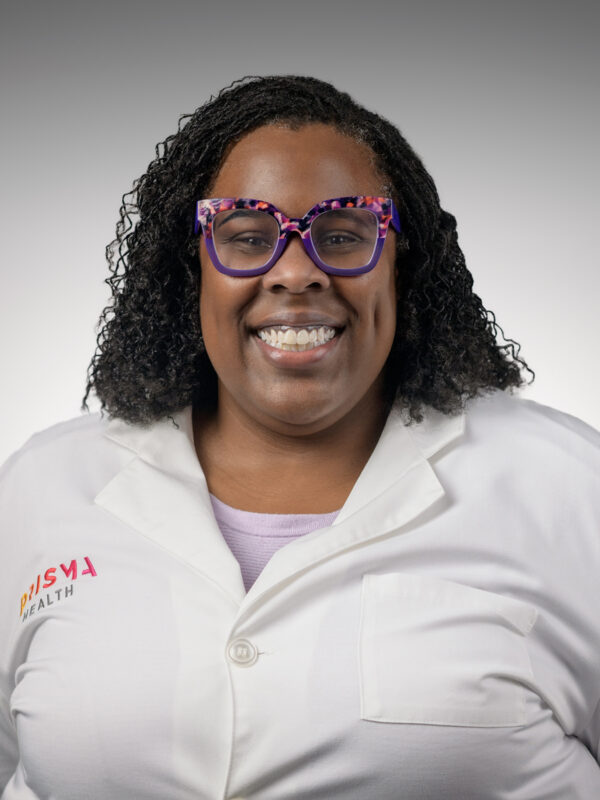5 tips for preventing childhood poisonings at home
“As a pediatrician, I’ve witnessed so many examples of why preventing childhood poisonings at home is so important,” said pediatrician Carryn Rice, MD. “Whether it’s a child mistaking a bottle of oven cleaner for apple juice or swallowing a button battery during play, unintentional poisoning claims the lives of nearly 100 children under age 14 each year. So many of these tragedies happen at home, where children should be safest.”
Dr. Rice spoke with us on preventing childhood poisonings at home and what parents can do to enjoy time with their little ones without worry.
1. Lock up and label everything
It’s true that children are naturally drawn to the things they shouldn’t touch, like bright packaging, sweet smells and colorful liquids. Unfortunately, the marketing for so many products, from things like laundry detergent to oven cleaner and even to batteries, often includes vibrant colors, cartoonish mascots or other visual effects that seem tailor-made to draw in young eyes used to seeing those same effects used in toys or snacks.
“Cabinet locks are available to help you keep cleaning products away from curious little hands,” said Dr. Rice. “You can also store things on high shelves, far above your child’s reach. Even beyond locking products up, though, consider labeling them, especially if you reuse containers that might not make it clear what liquid is inside.”
Dr. Rice suggested not transferring substances into any bottle or cup that was previously used as or resembles food or drink containers. For instance, a soda bottle filled with blue toilet bowl cleaner or a mason jar with hair relaxer could quickly become a medical emergency even if only a very small amount is ingested.
“It’s not enough to hide dangerous items,” Dr. Rice said. “We have to ensure the temptation isn’t there at all.”
2. Use very clear language when it comes to household poisons
“Referring to medicine as looking or tasting like candy when offering it to your child may seem harmless or like a good way to get them to more willingly take it when sick, but the long-term risk is significant,” said Dr. Rice. “Children tend to have a very literal understanding of the words adults use with them and may then seek out medications on their own, assuming it’s safe.”
Dr. Rice suggests explaining to your child that what you are giving them is medicine, and that it should only be taken with grown-ups when it is needed. Start making the difference between medicine and other liquids or chewable snacks early – and repeat it often.
If you model respectful handling of medications and take the situation seriously, your children will have an easier time understanding that medicine is not a toy or treat.
3. Recognize silent threats
“Many childhood poisonings at home result from items we use every day,” said Dr. Rice. “Think laundry detergent pods packaged in ways that look like candy or tiny button batteries that are easy for a baby or toddler to swallow unnoticed.”
Even toys that are made for children can become dangerous if they contain button batteries or detachable magnets. Dr. Rice noted that art supplies pose risks that often aren’t discussed, including toxic ingredients that may be present in glue, paint or markers. Checking labels before purchase can help parents to choose “child safe” options that are less likely to make a child sick or injure them.
That said, even products labeled “nontoxic” or “child safe” aren’t entirely without risk. It’s your job as the adult to still store them safely and securely away from children when not being used.
4. Don’t be fooled if everything seems fine
“Children may ingest substances with no visible damage to their mouth or lips,” said Dr. Rice. “The real danger might be deeper, especially when it comes to things like laundry detergent pods or magnets that potentially cause significant or severe damage within the intestines.”
When it comes to liquids like drain cleaner or pool chemicals, a child’s mouth may be fine, but the caustic liquid is likely to begin burning in the esophagus instead.
If you suspect your child has ingested a toxic liquid or solid, don’t rely on visual cues. Immediately call Poison Control or your pediatrician. Do not induce vomiting or give your child anything to drink.
5. Know what to do before it happens
It’s essential to move quickly when dealing with a potential poison emergency. If you already have the number for Poison Control saved in your phone, you’ll be a step ahead if a dangerous situation occurs.
You can reach the Palmetto Poison Center toll-free at 1-800-222-1222 at any time of day or night, where trained toxicology professionals guide you through the crisis in real time. Dr. Rice recommended saving the number to your phone and also keeping it written down in convenient locations, such as inside the medicine cabinet, near any landline phones you might have in the house or stuck to the fridge with a magnet.
“Poisonings don’t always look dramatic,” said Dr. Rice. “They often begin quietly with a toddler simply picking up a familiar-looking bottle or becoming curious about a small object. The consequences of that moment of curiosity can change a family’s life forever. That’s why it’s essential to take steps to prevent childhood poisonings at home – and be ready for the possibility that they might occur.” a moment to add the PPC phone number to your contacts: 1-800-222-1222.
Find the care you need, close to home
Our primary care physicians provide well visits and everyday care when you need it with compassion and expertise.
Find Primary Care Near You

